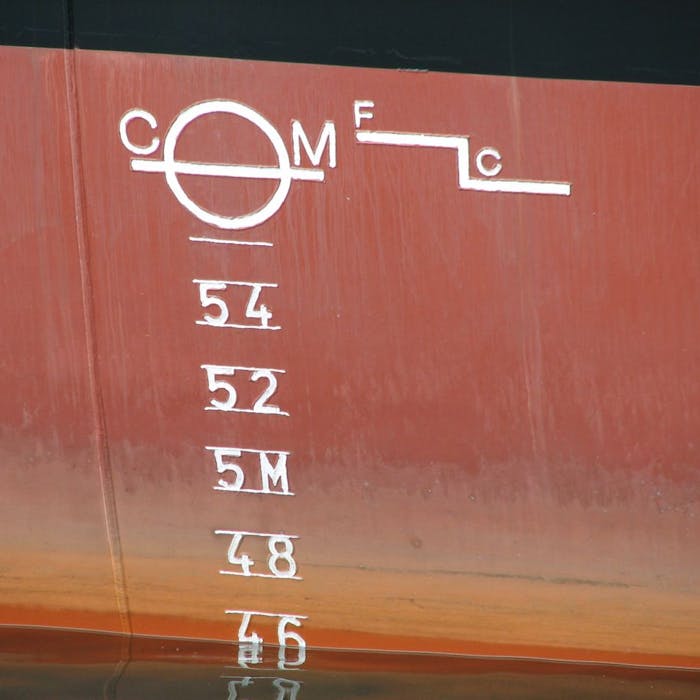
Coffin Ships and the Plimsoll Line
The life of a sailor was for most of British history a perilous one. But aside from the usual risks of shipwreck, disease, accident and mistreatment, the most dreaded fate was to find oneself working aboard a so-called "coffin ship" ...
Coffin ship was the name given to a ship that had been overinsured and was therefore worth more to its owners sunk than afloat.
Many overloaded overinsured ships in the days of wooden sailing ships were old ships riddled with wood rot and shipworm, repainted and renamed and falsely stated to be new ships. As the British shipping industry expanded in the Georgian and Victorian era, such activity from unscrupulous ship owners increased.
Some shipowners were notorious for this practice. Edward ‘Bully’ Bates MP of Liverpool was one such - sending overloaded ships out to sea in the hope that they would sink so that he could profit from inflated insurance claims. Bates once lost six ships in a year.
Clearly it was not in the interest of any crew member or even captain to find himself aboard such a vessel. In 1855, a group of sailors wrote to Queen Victoria complaining that they had been found guilty of desertion because they had complained about going to sea in dangerous ships. Around the same time, an inspector of prisons reported that nine out of 12 prisoners in the jails of south-west England were sailors, imprisoned for 12 weeks for refusing to sail in ships they considered to be unseaworthy.
In 1870, Samuel Plimsoll, an MP and coal merchant, began to investigate the safety of ships and found the problem worse than he expected. He discovered that nearly 1,000 sailors a year were being drowned on ships around British shores because ships were being overloaded. He headed a campaign to require that vessels bear a load line indicating when they were overloaded, though he struggled against various vested interests in Parliament.
One prominent case that helped Plimsoll's case was the sinking of British steamship SS London in 1866. The ship was overloaded with cargo, and thus unseaworthy, and only 19 survivors were able to escape the foundering ship by lifeboat, leaving a death toll of 220. It seems unlikely that this would be a deliberate sinking, since the ship was less than two years old. There were also many passengers aboard - some of whom were well-connected - and many of whom were women and children. However, an enquiry found that overloading of the ship was a major cause of its loss.
The Merchant Shipping Act of 1876 made load lines compulsory, but it wasn’t until 1894 that the position of the line was fixed by law. In 1906, foreign ships were also required to carry a load line if they visited British ports. Since then, the line has been known in Britain as the Plimsoll Line.
Further reading
Links to external websites are not maintained by Bite Sized Britain. They are provided to give users access to additional information. Bite Sized Britain is not responsible for the content of these external websites.
